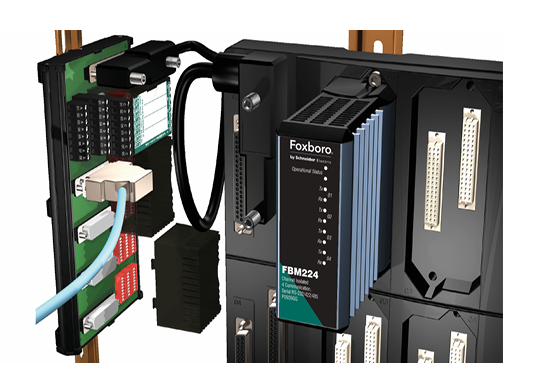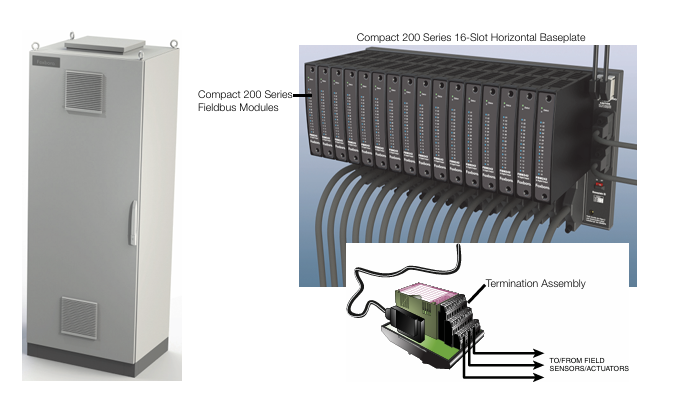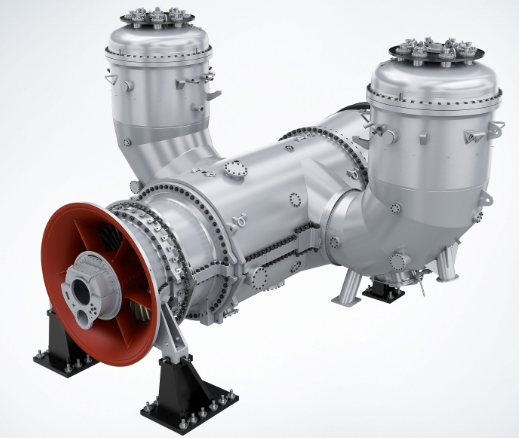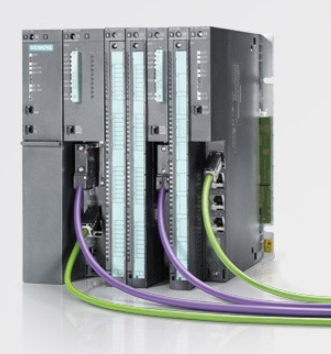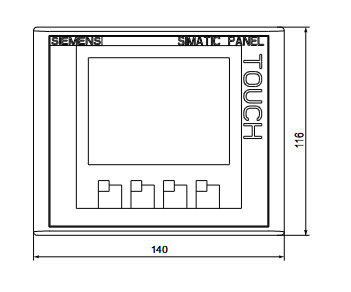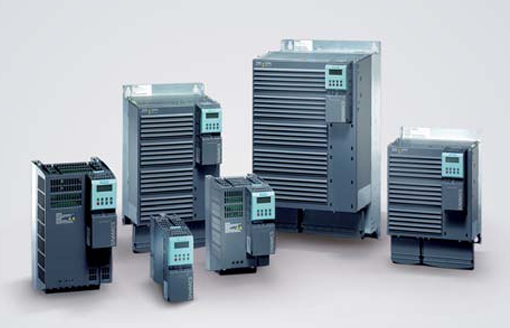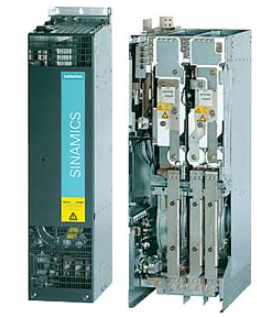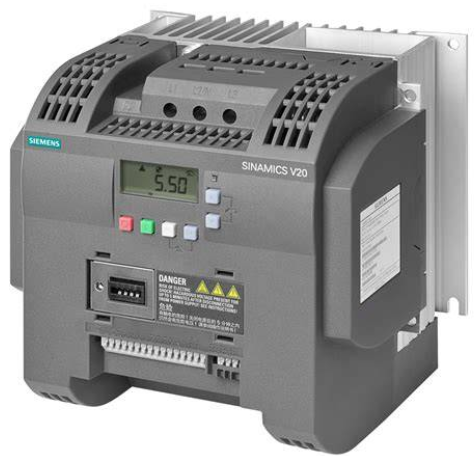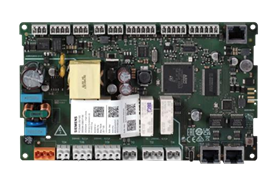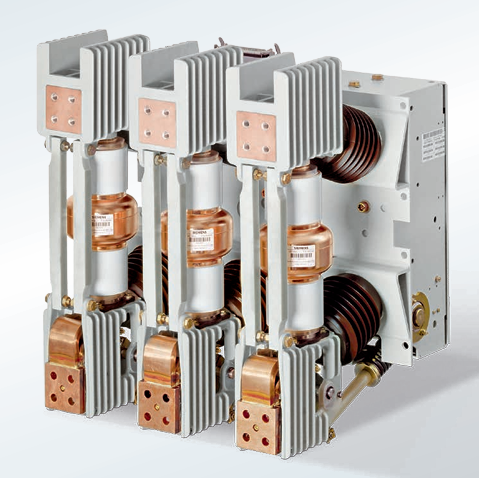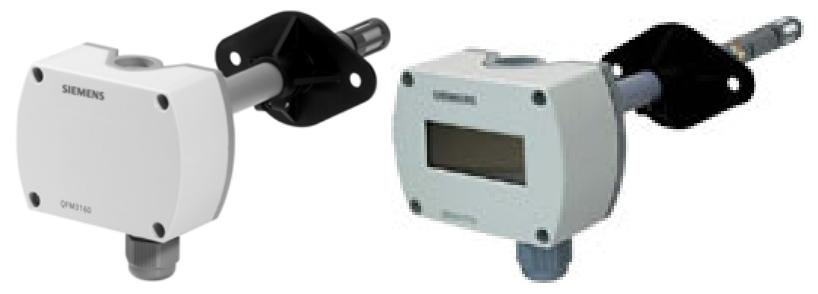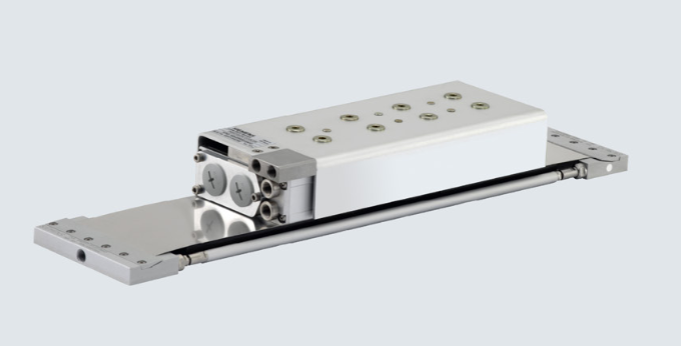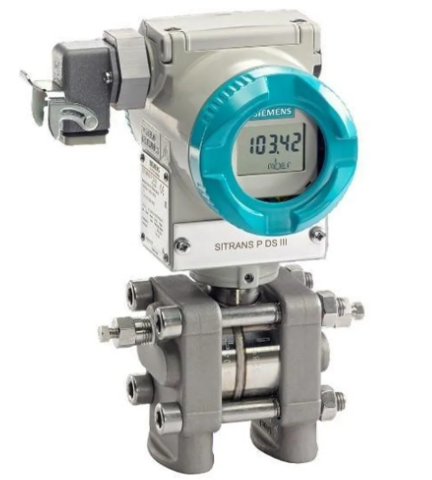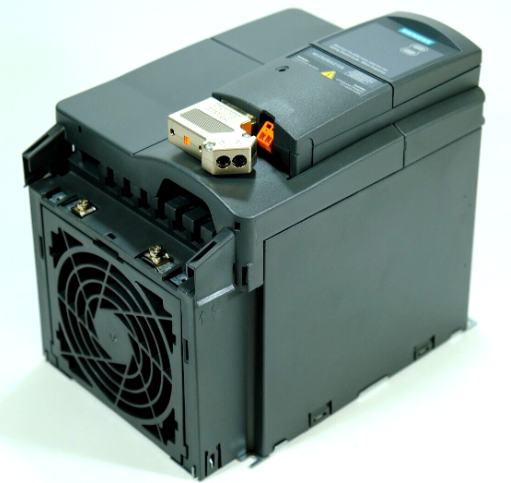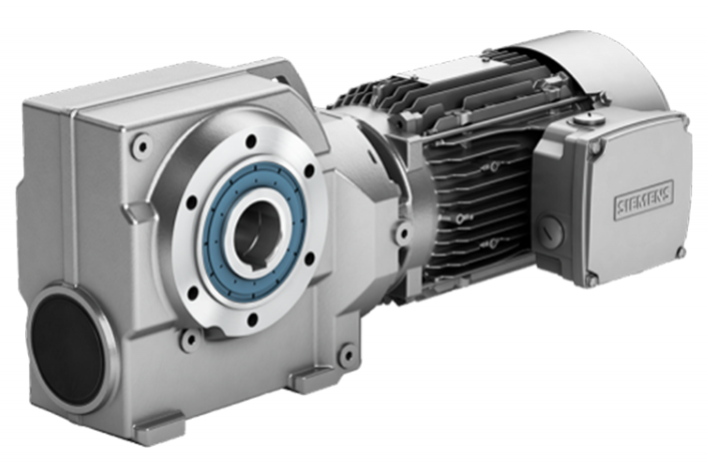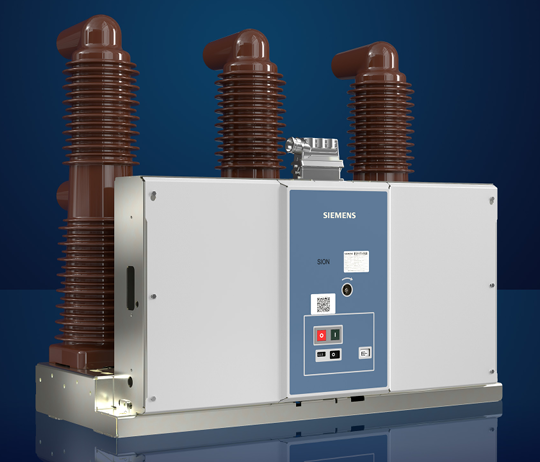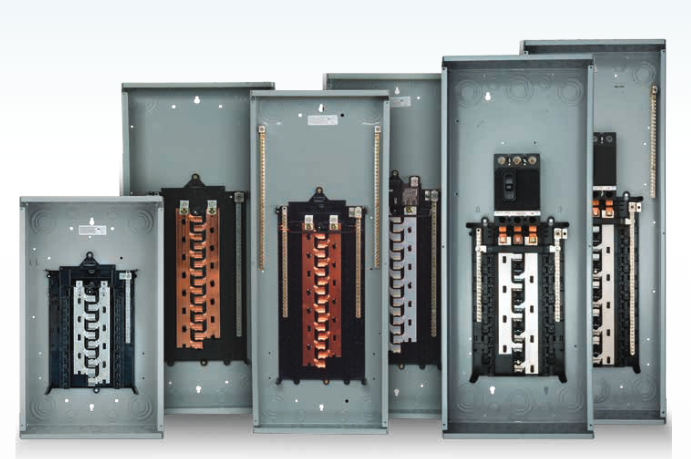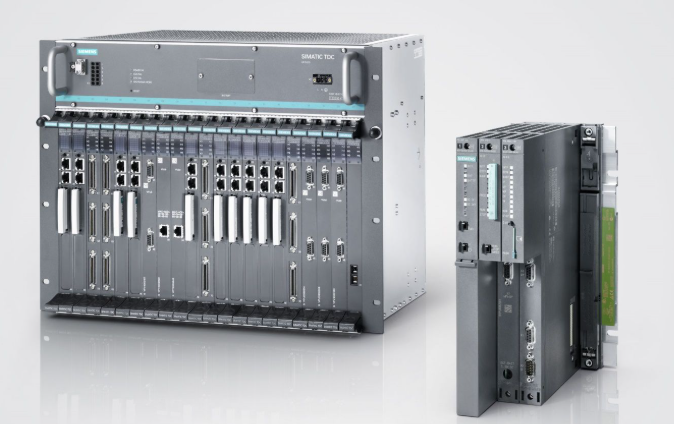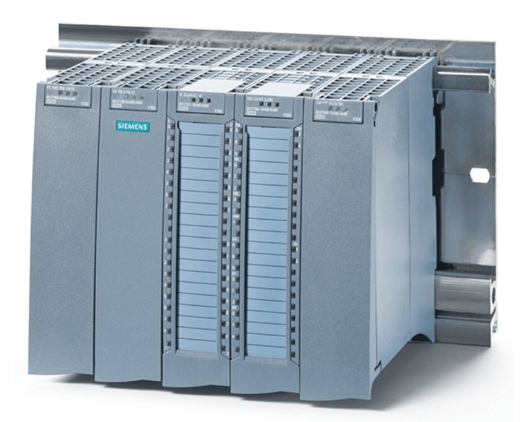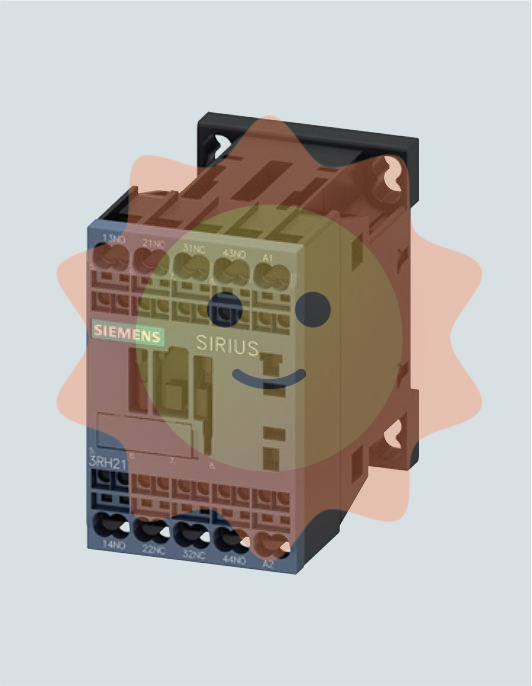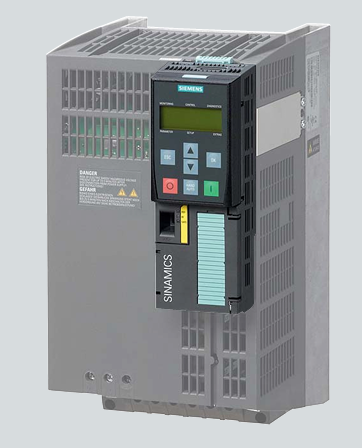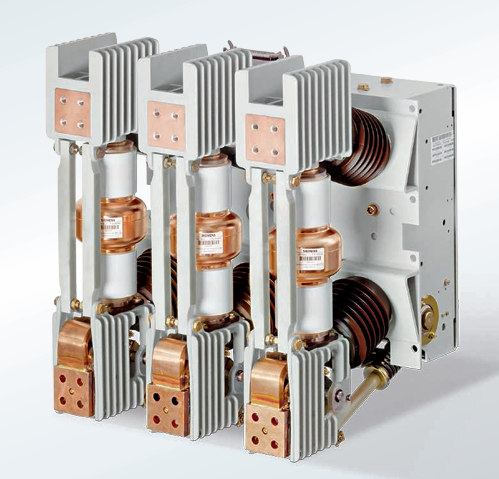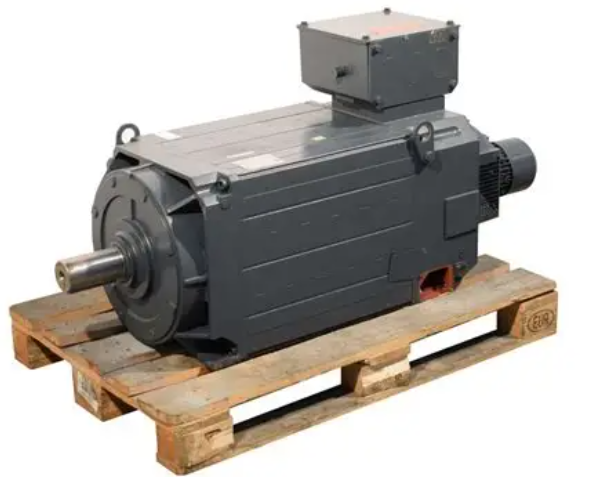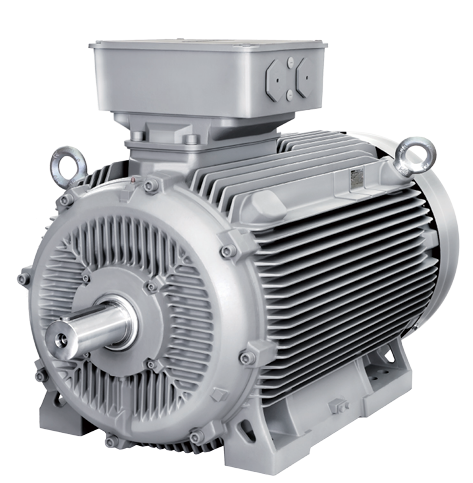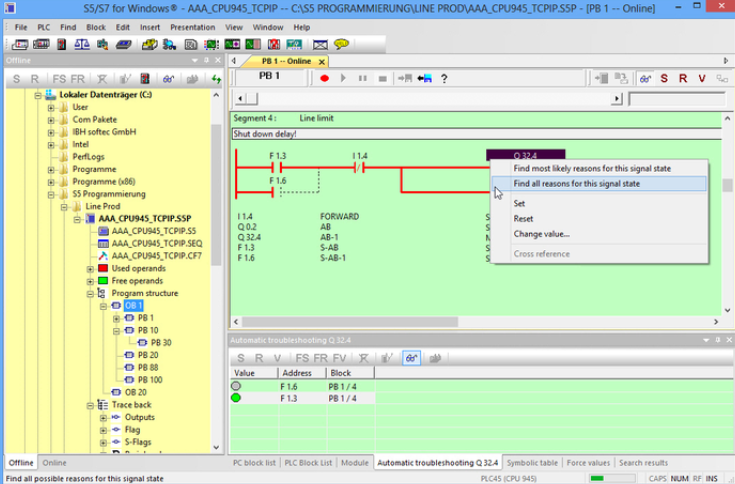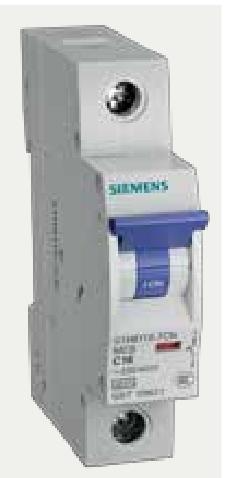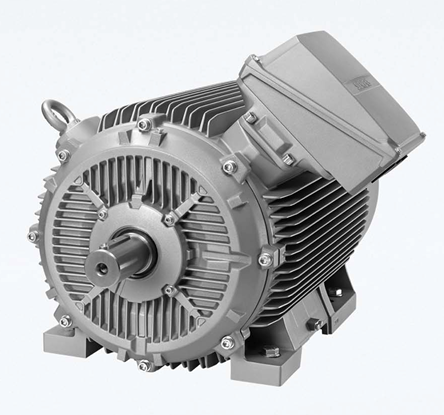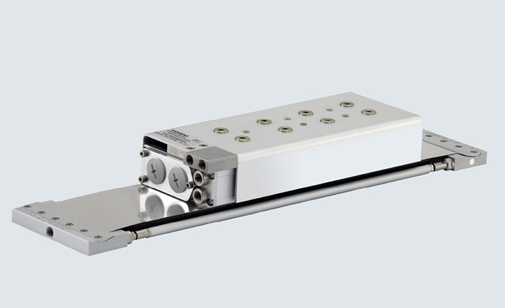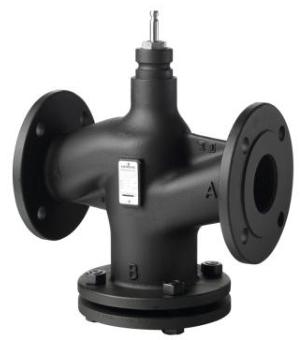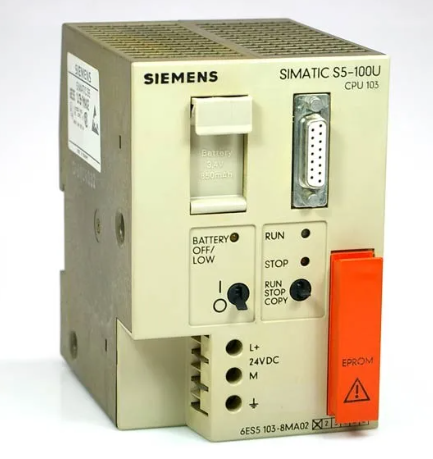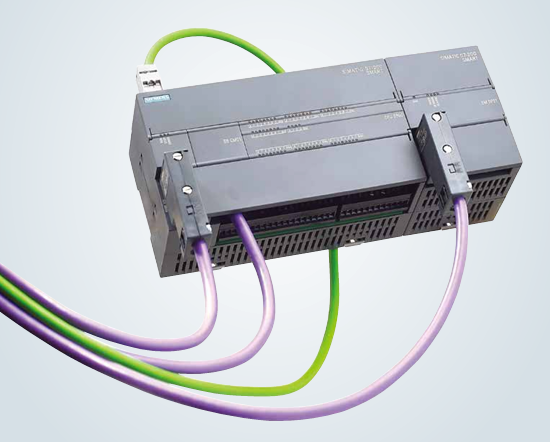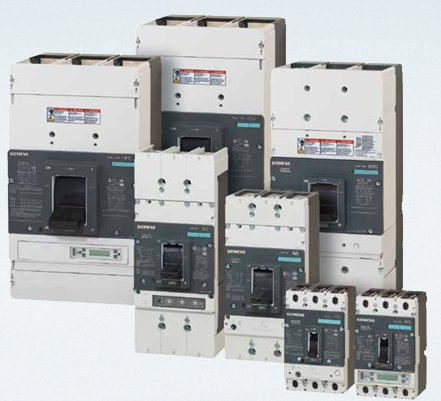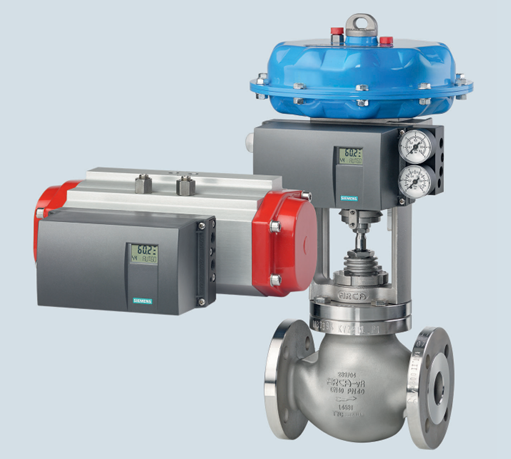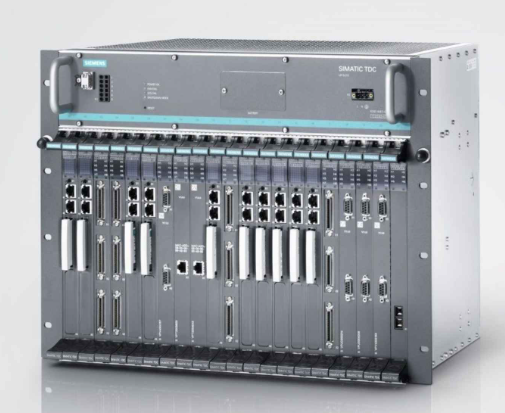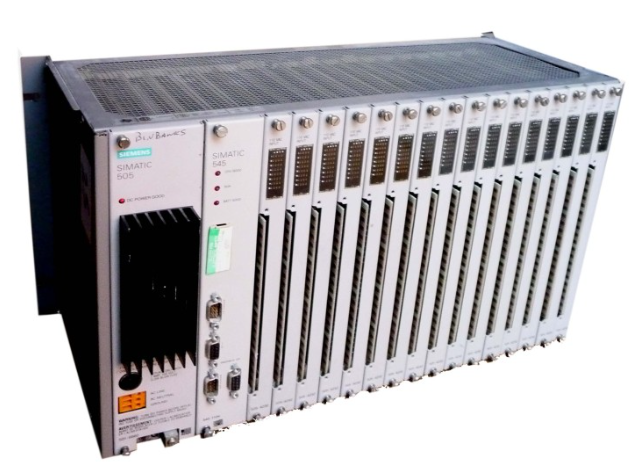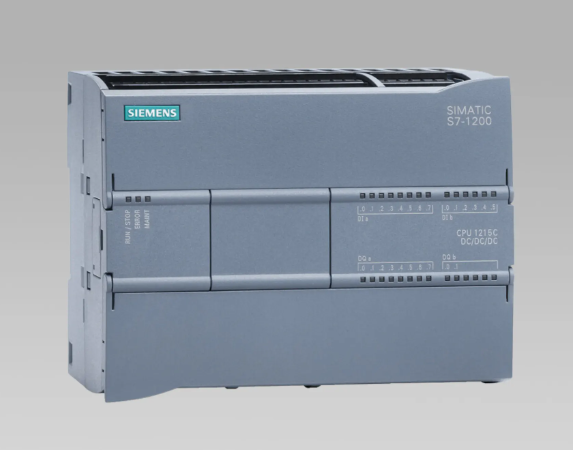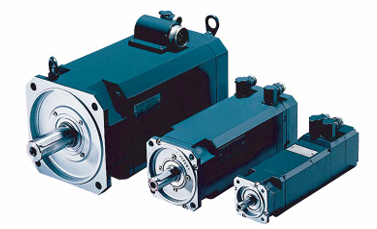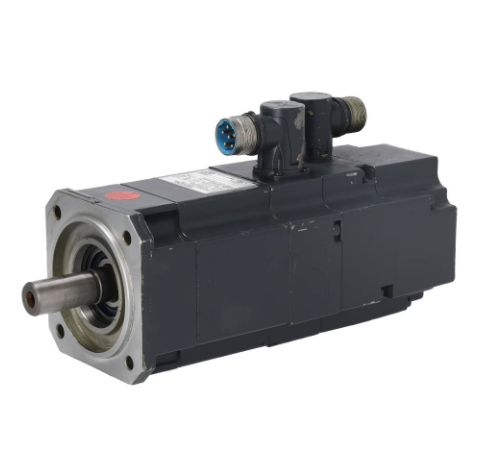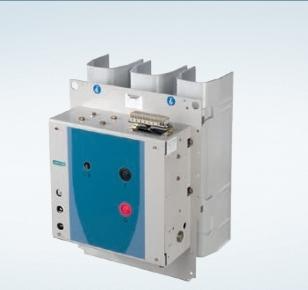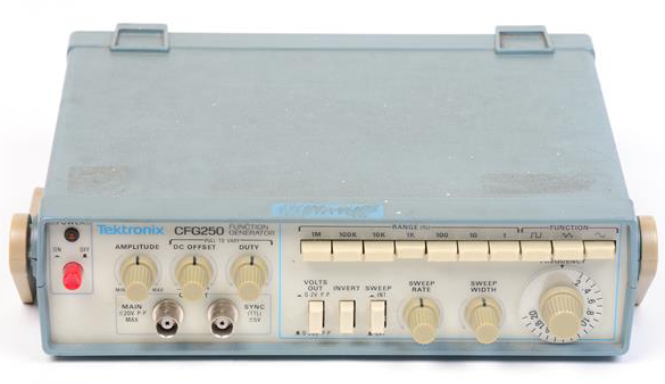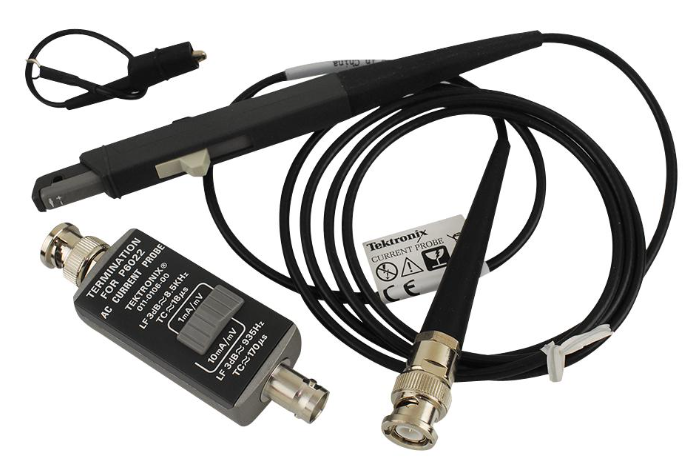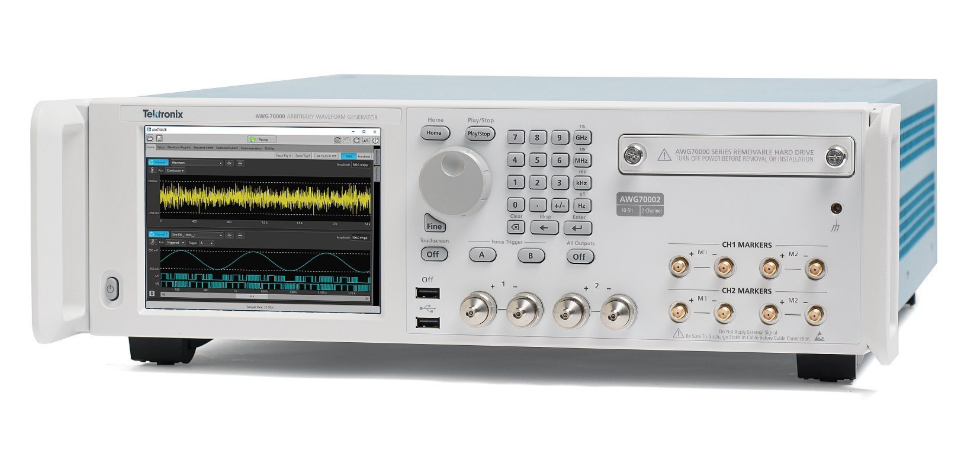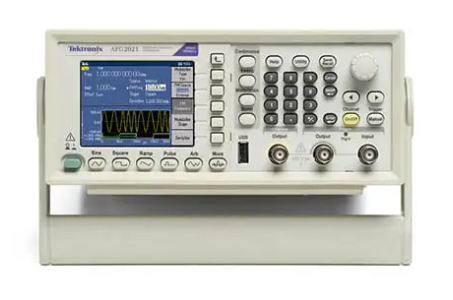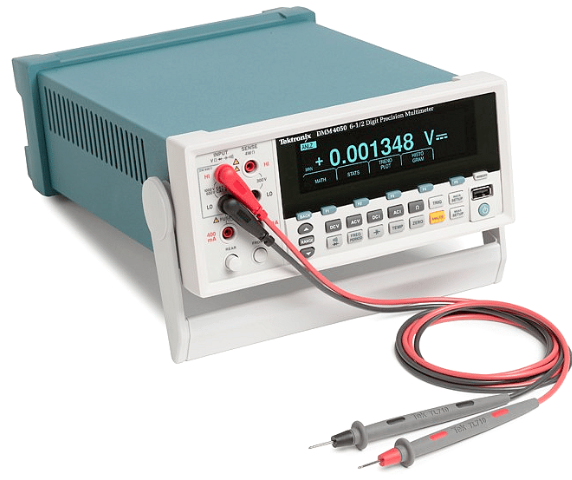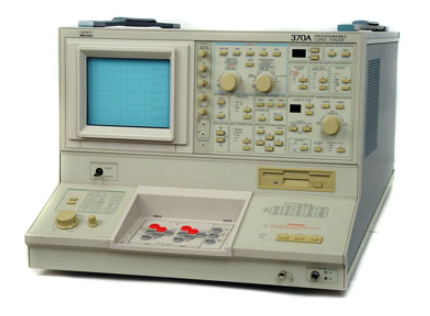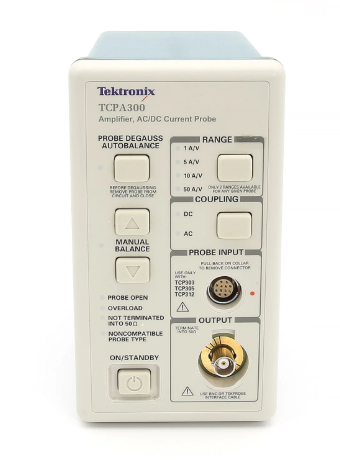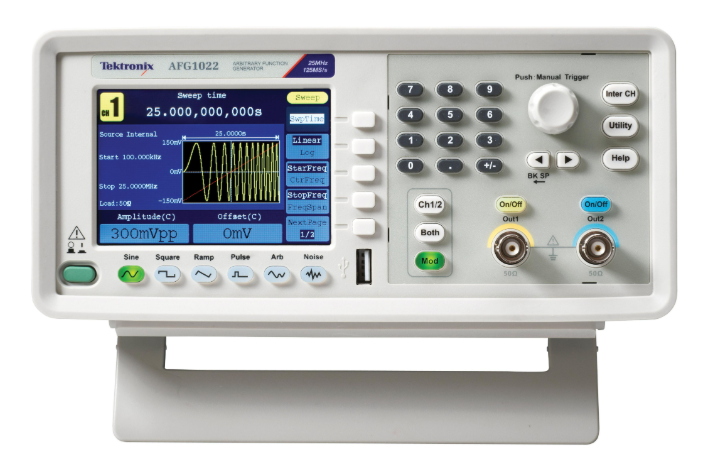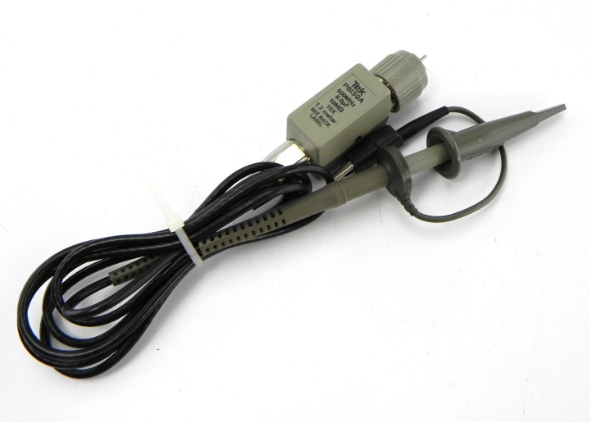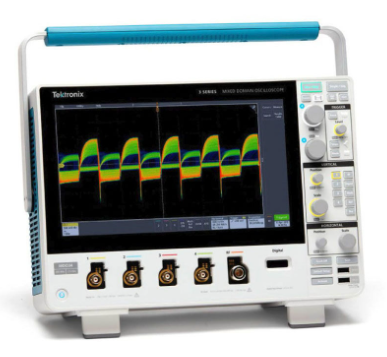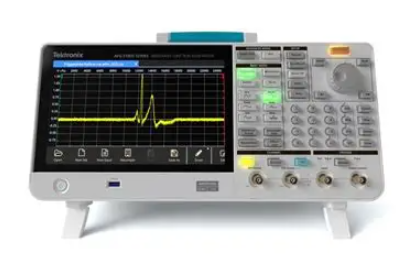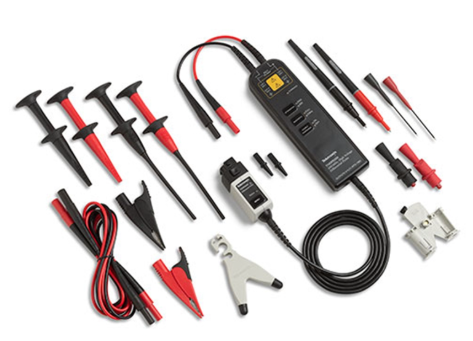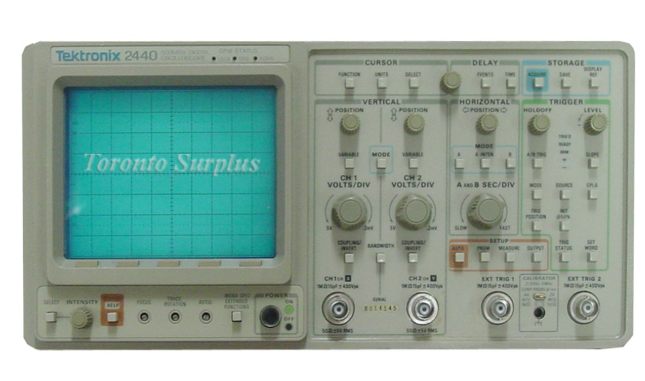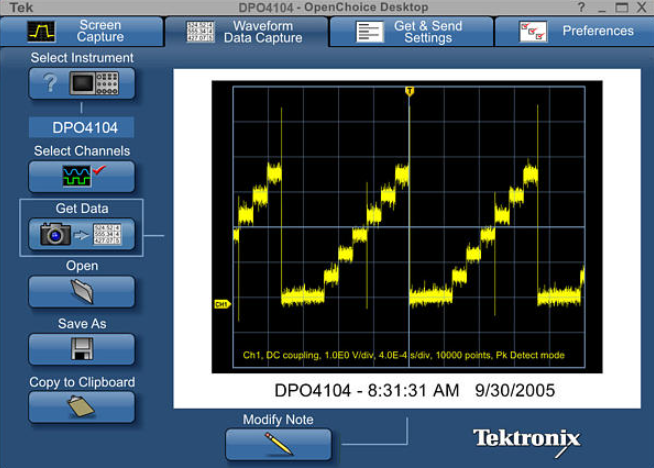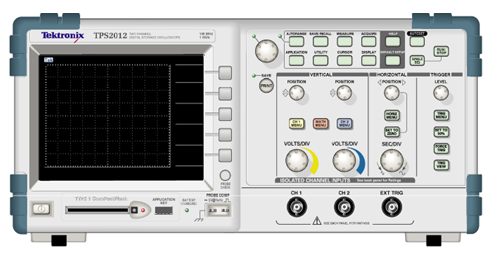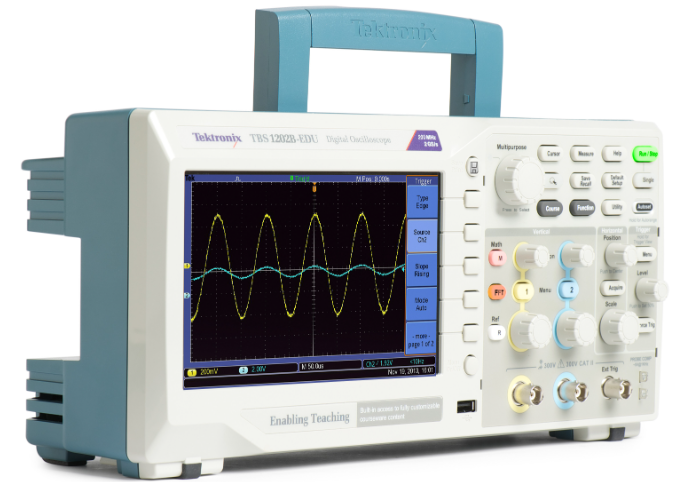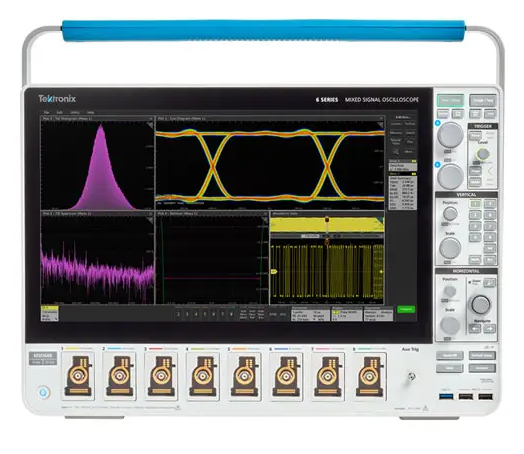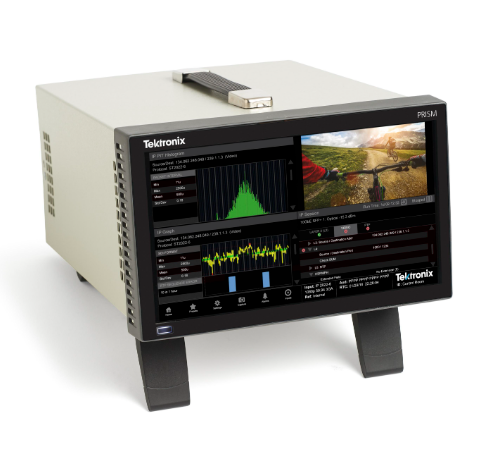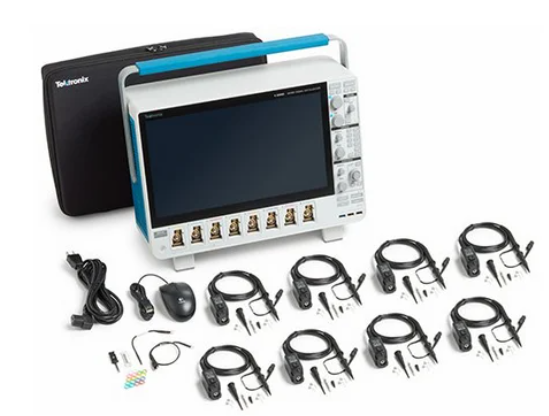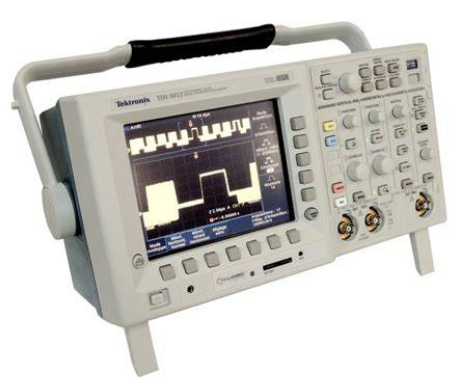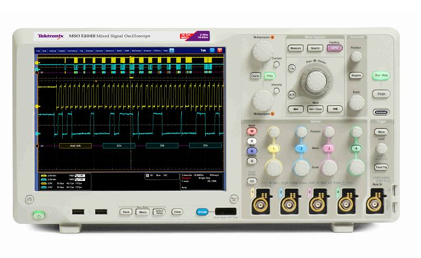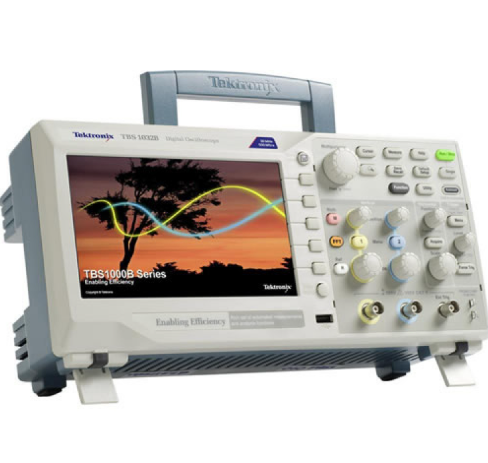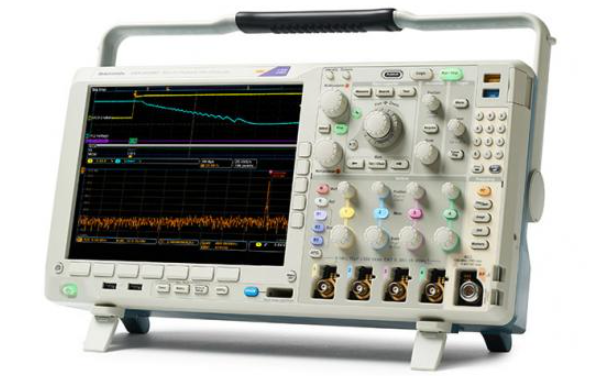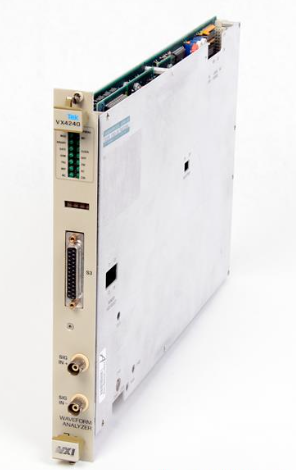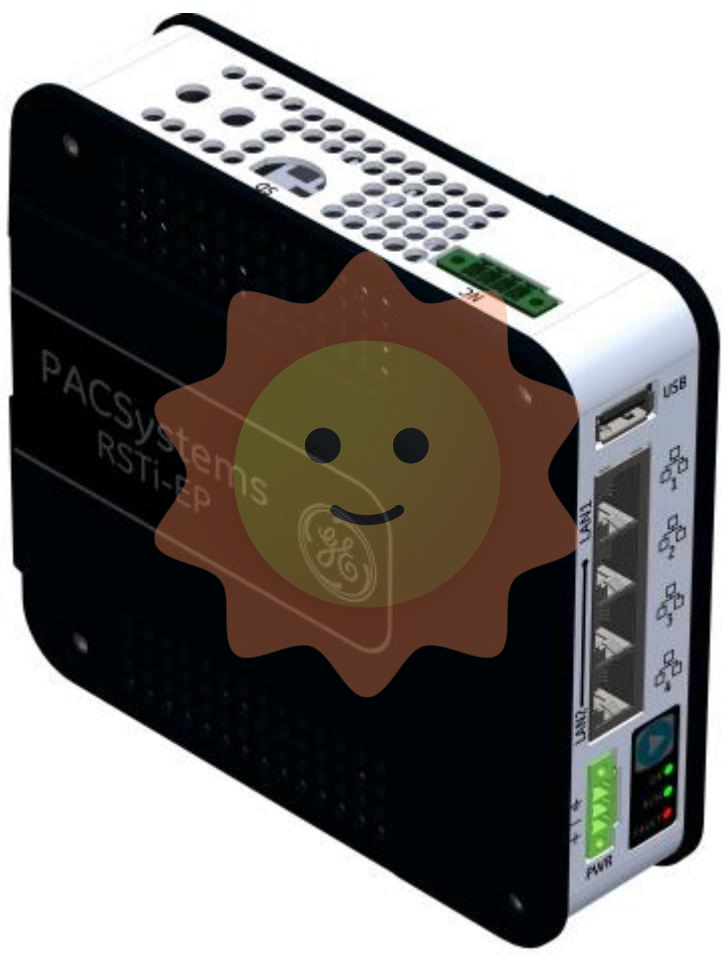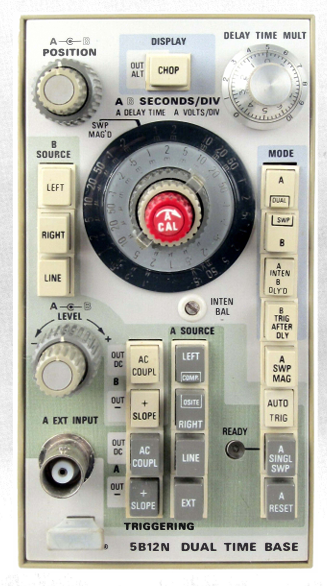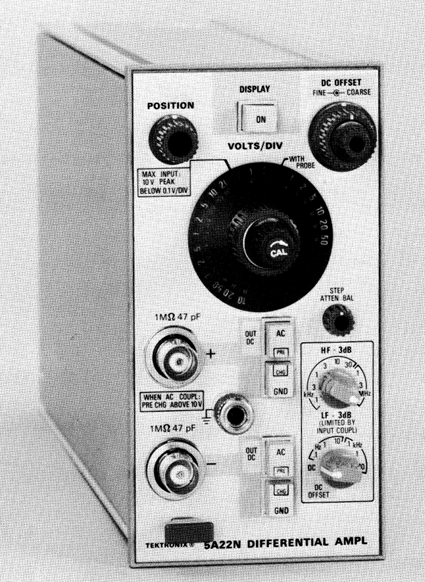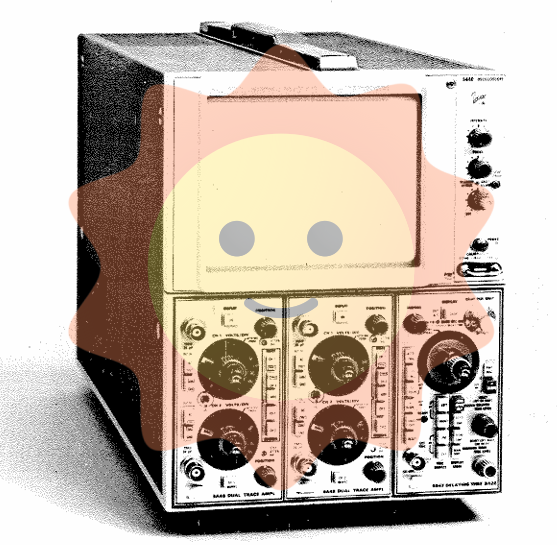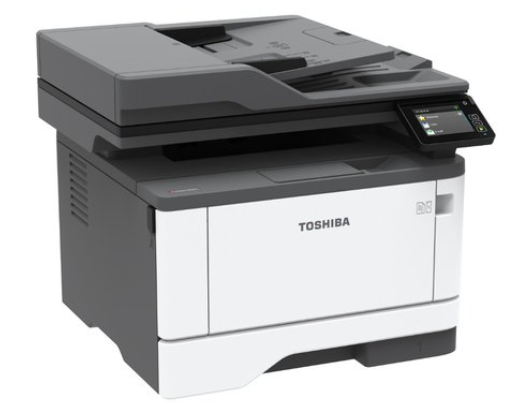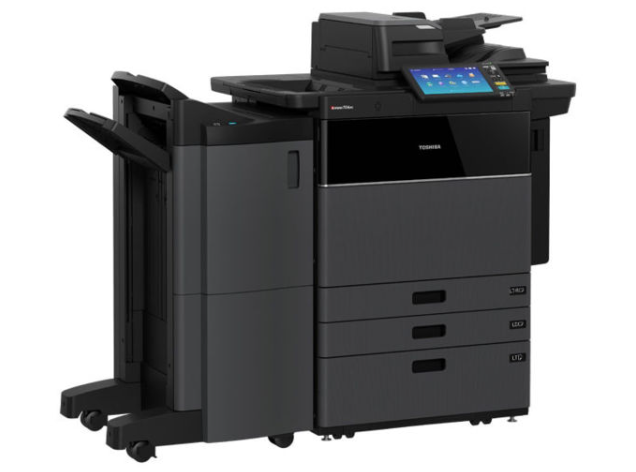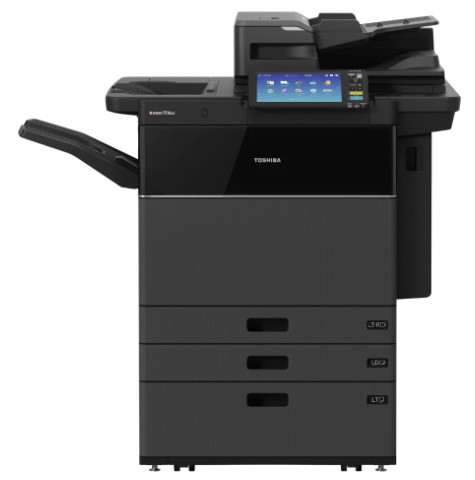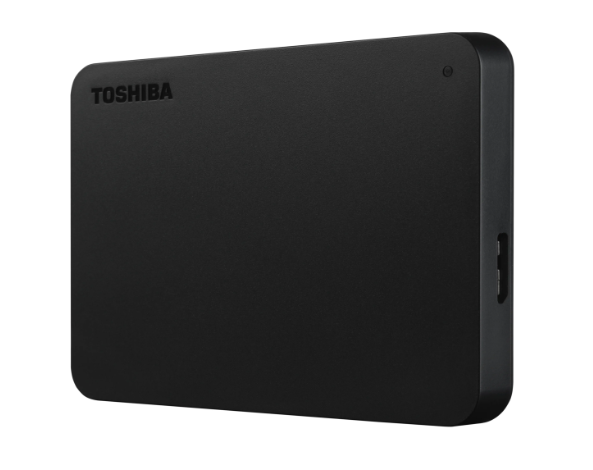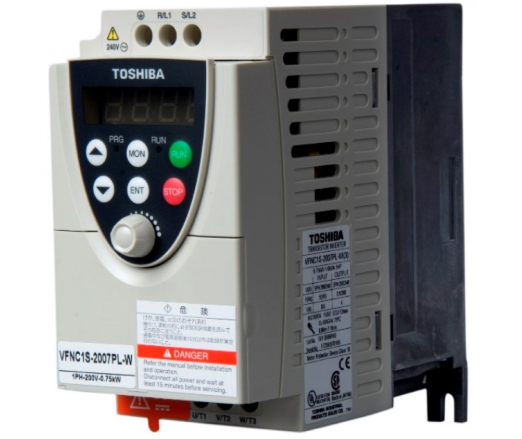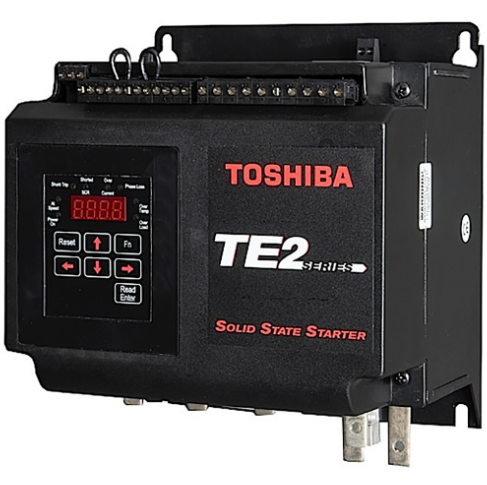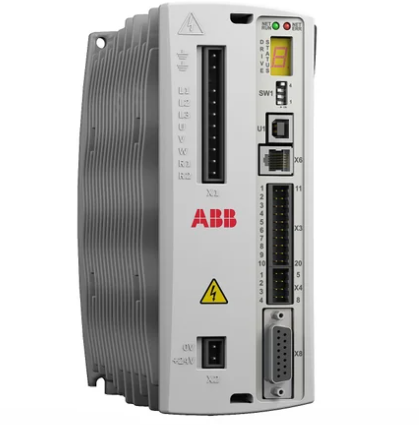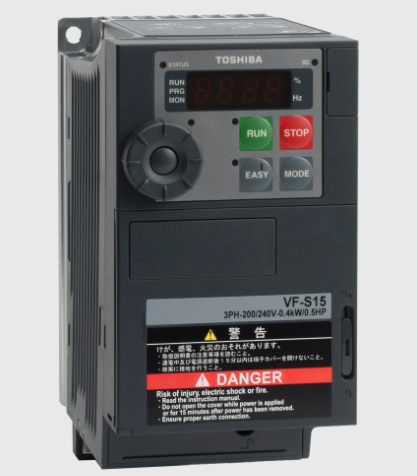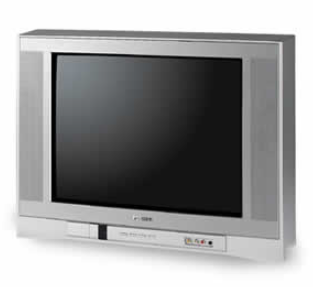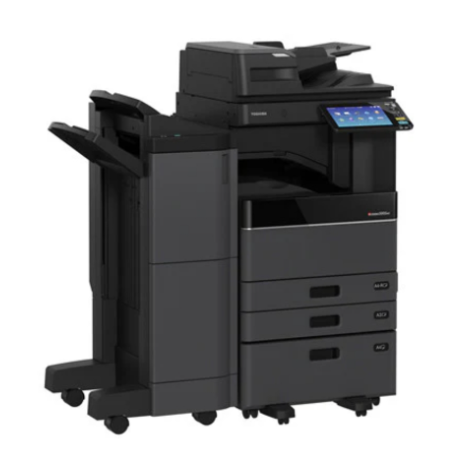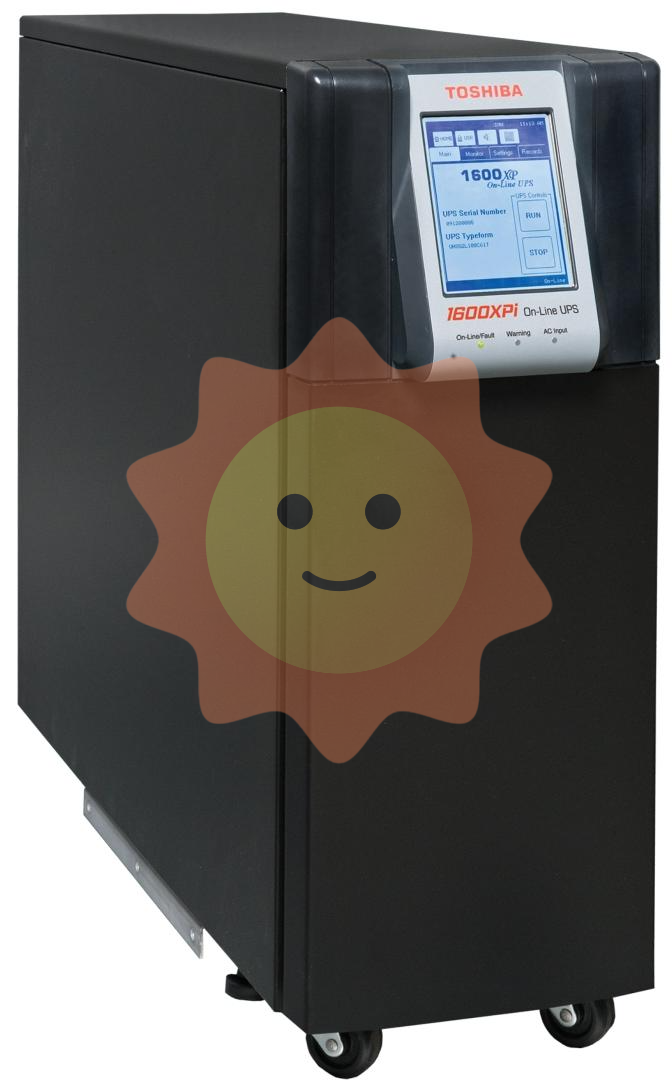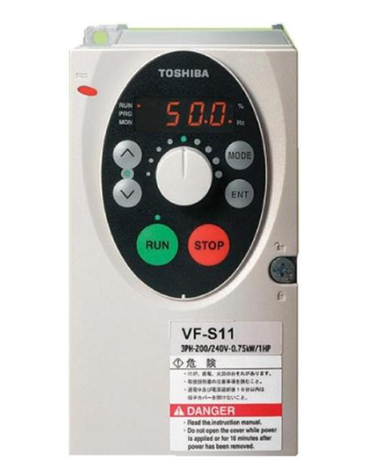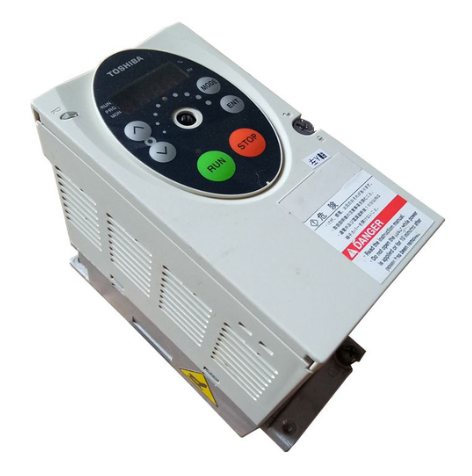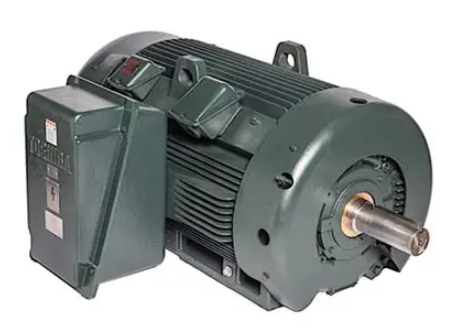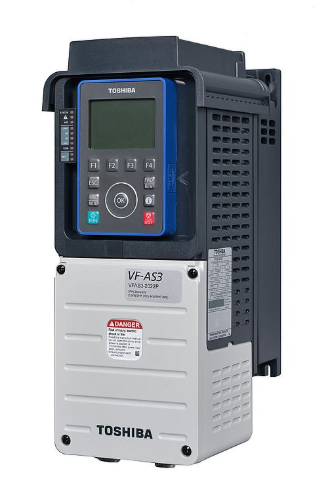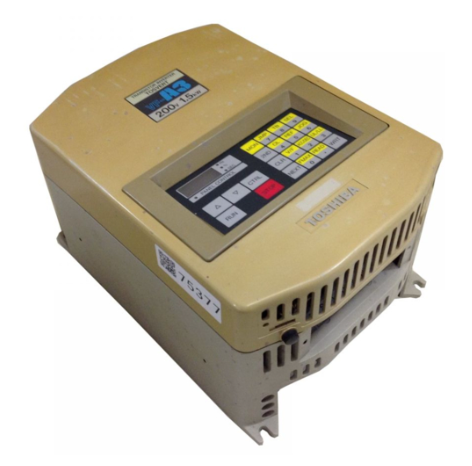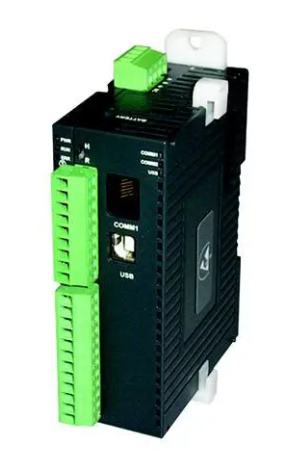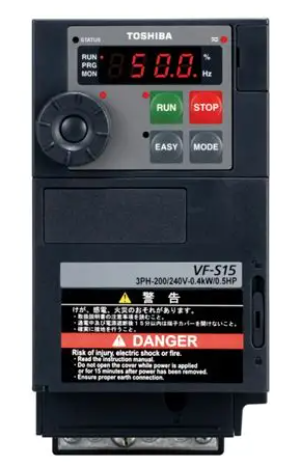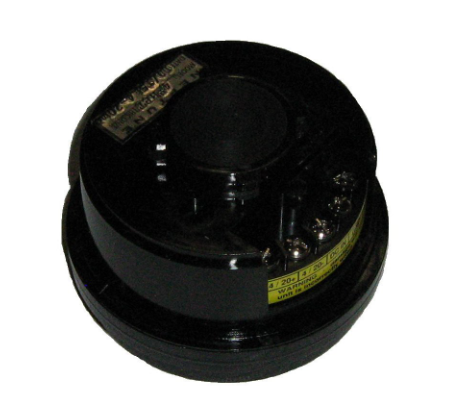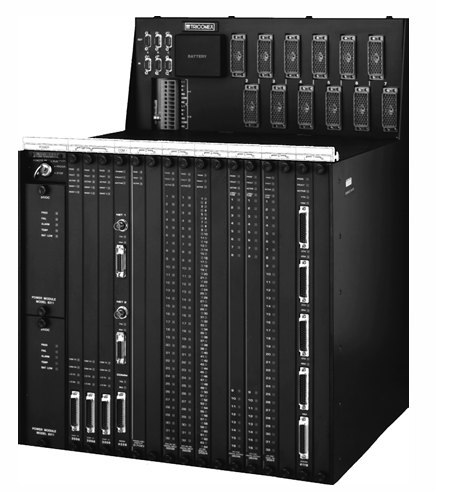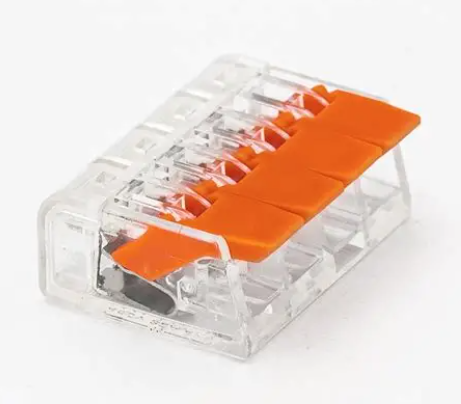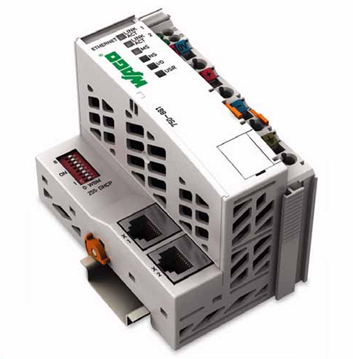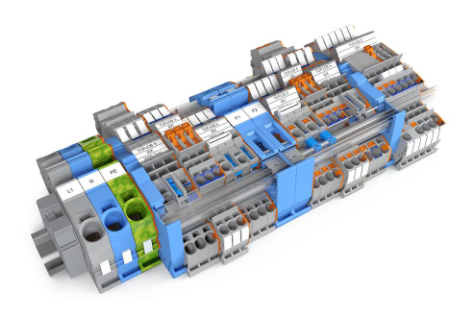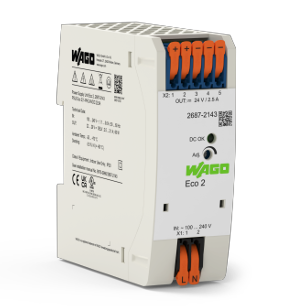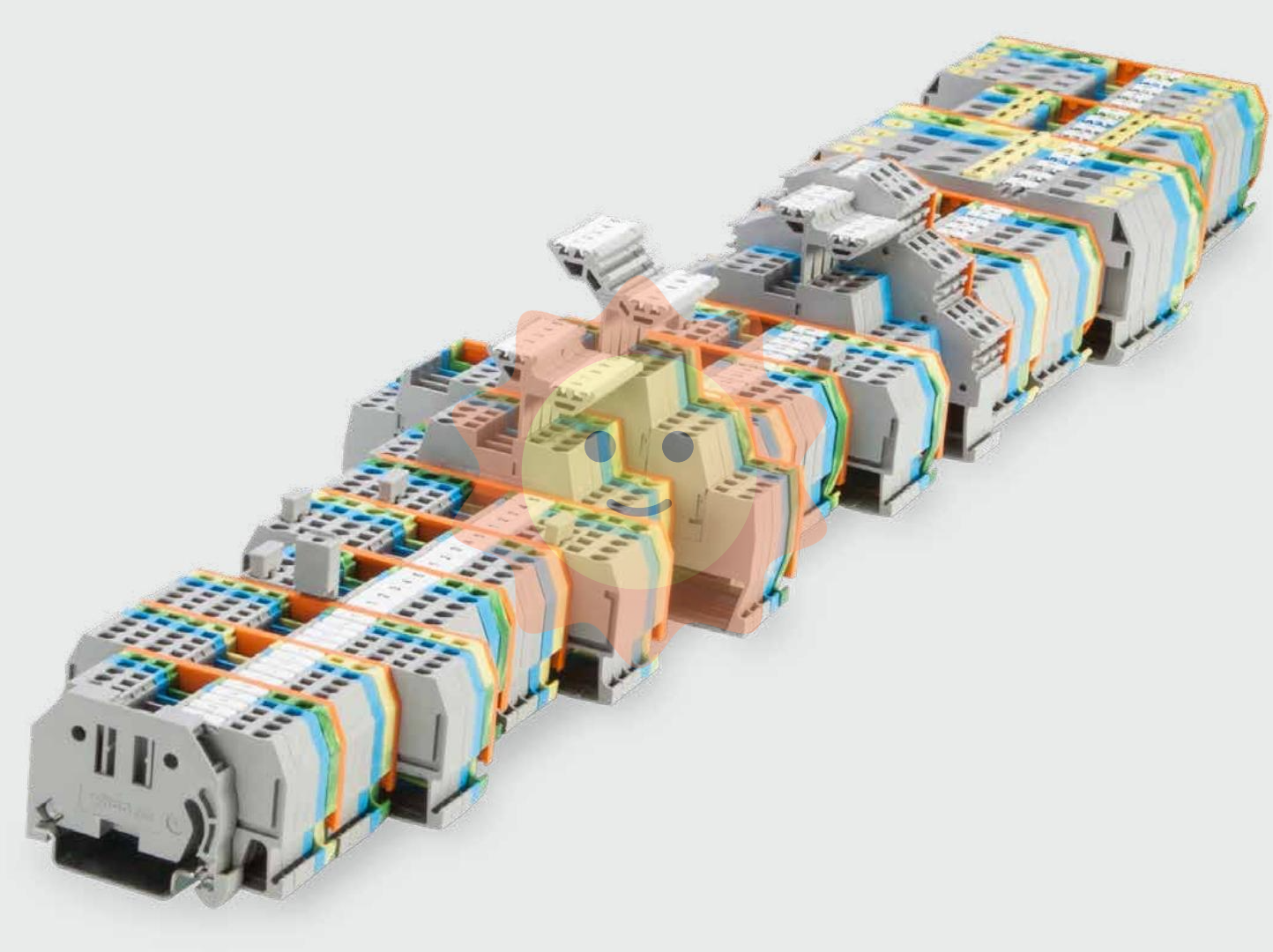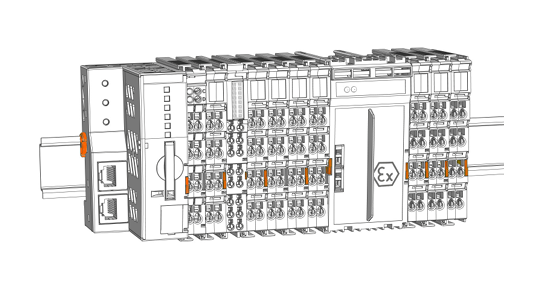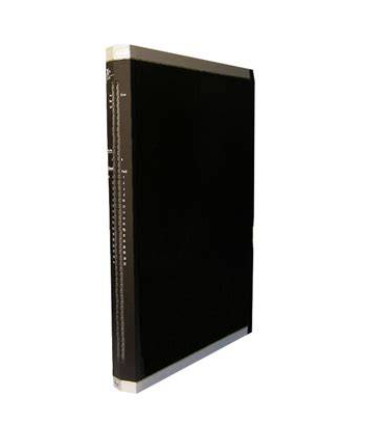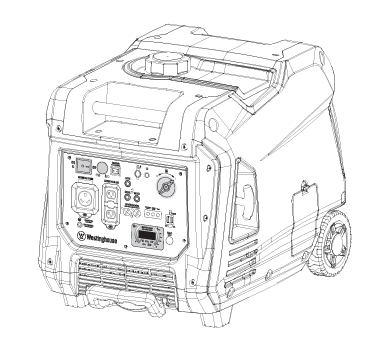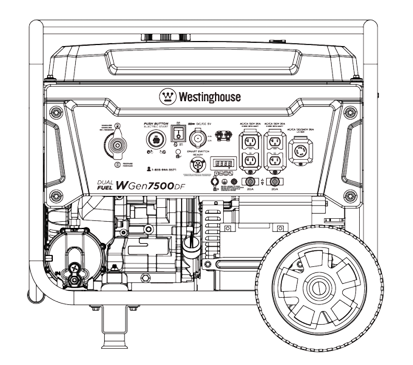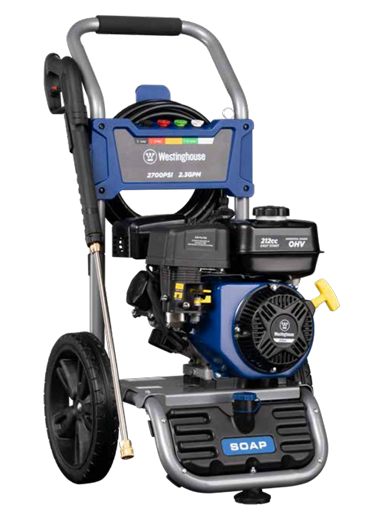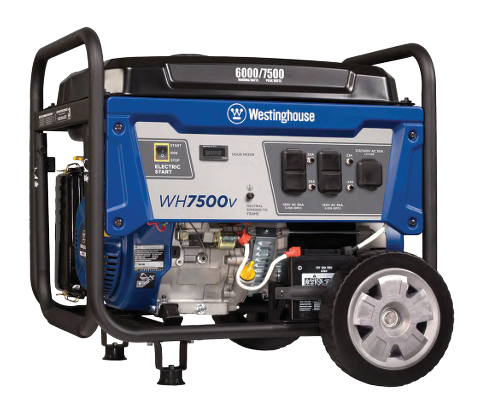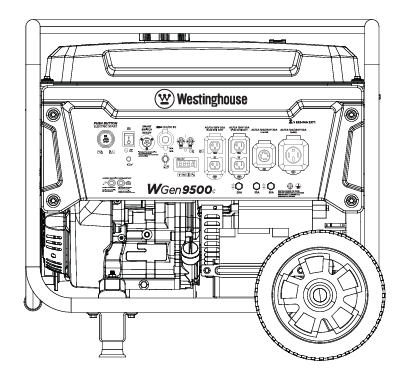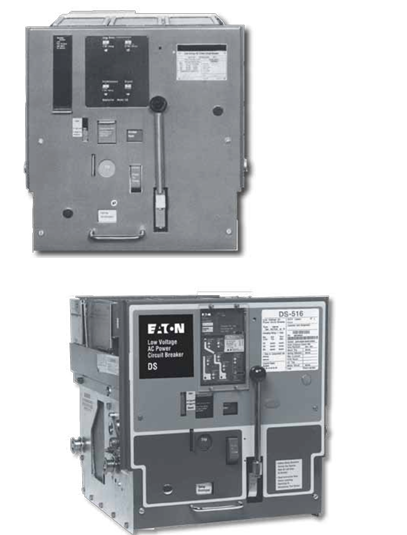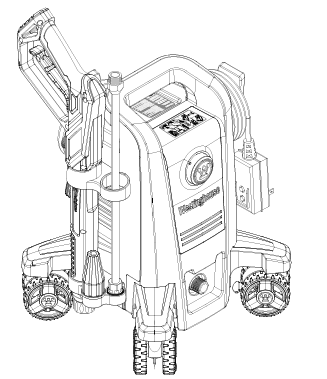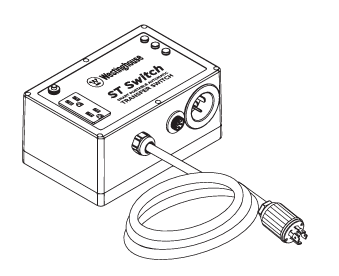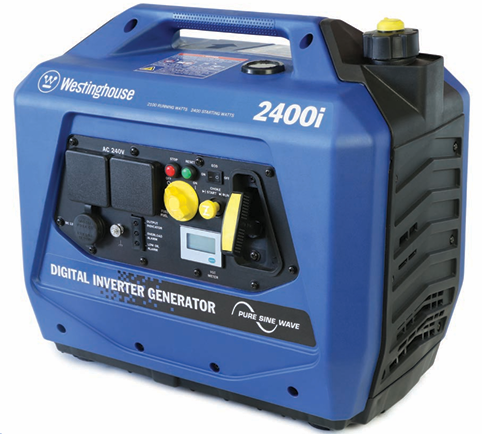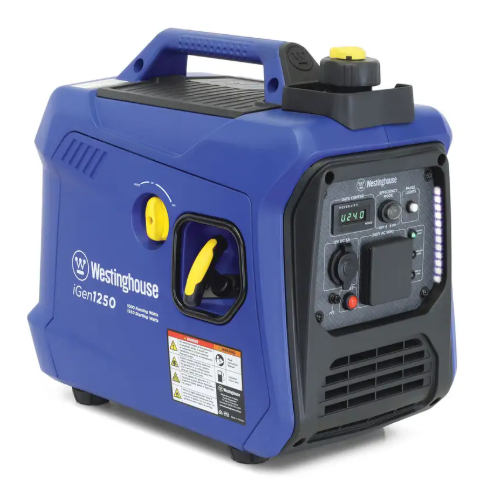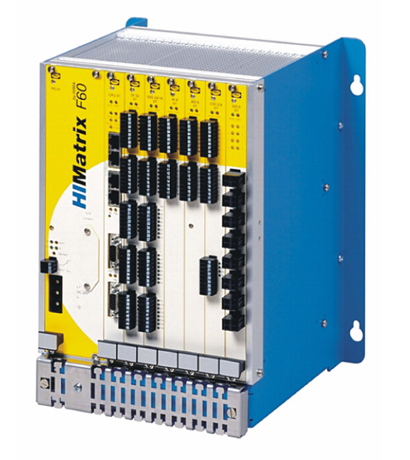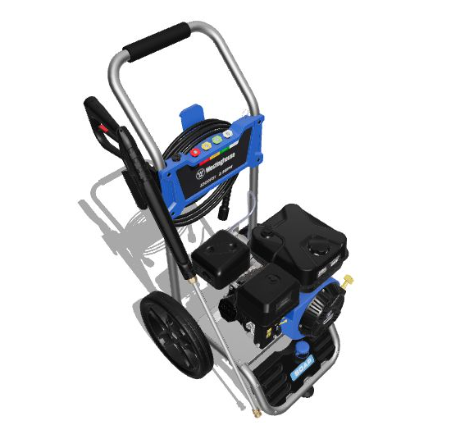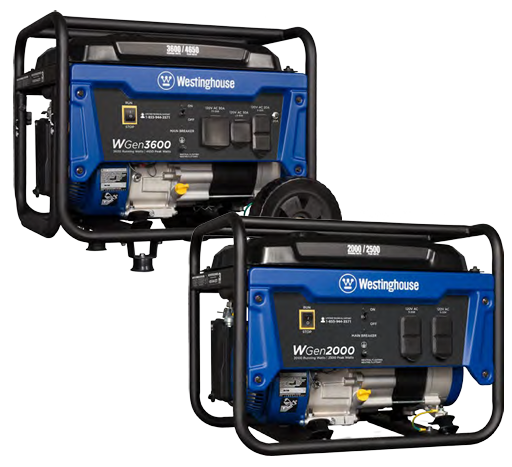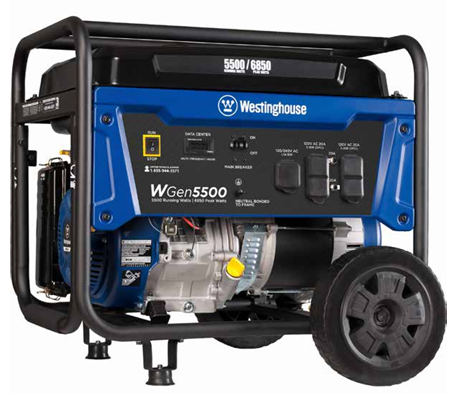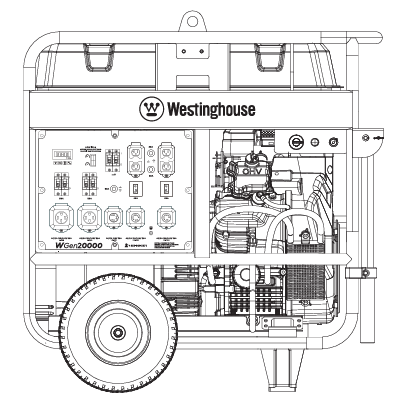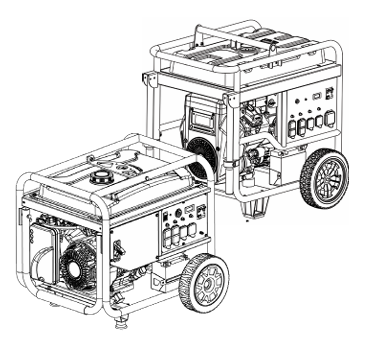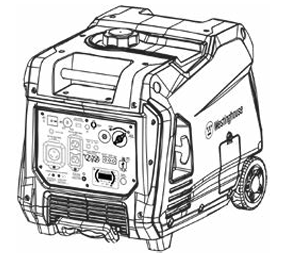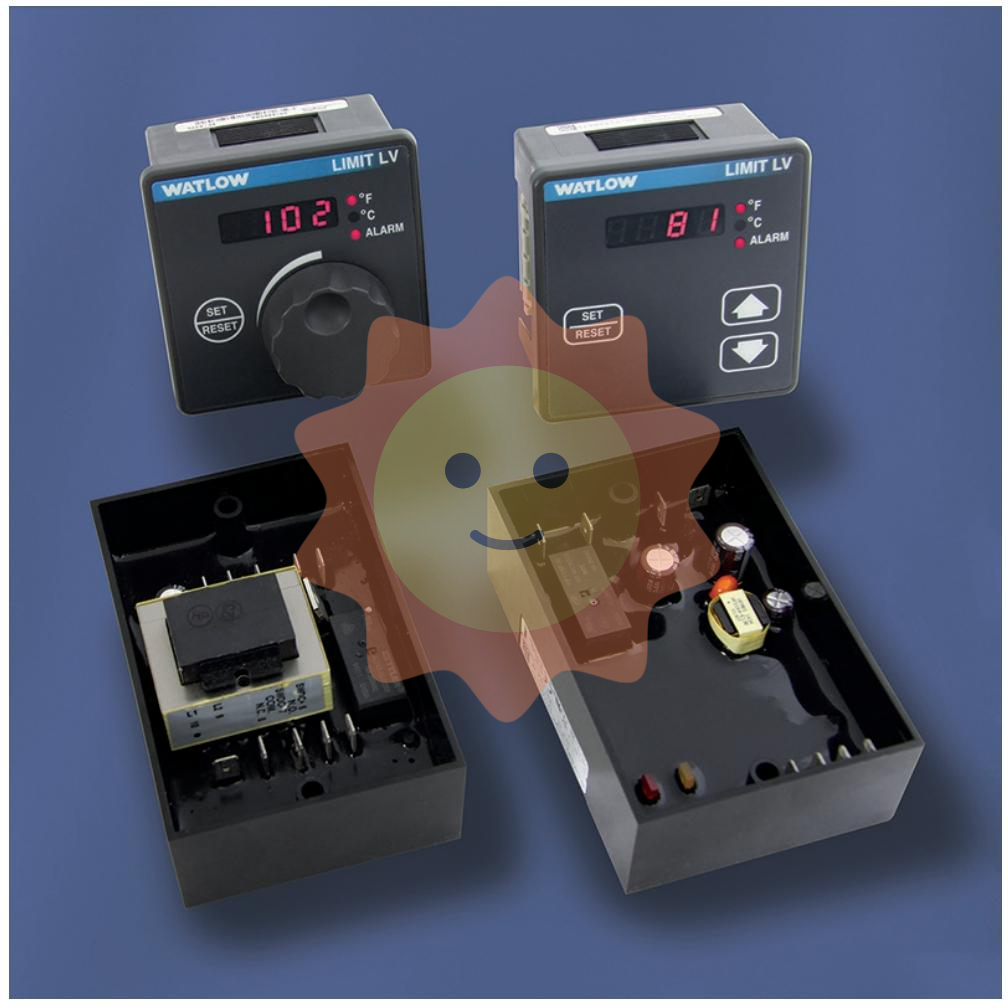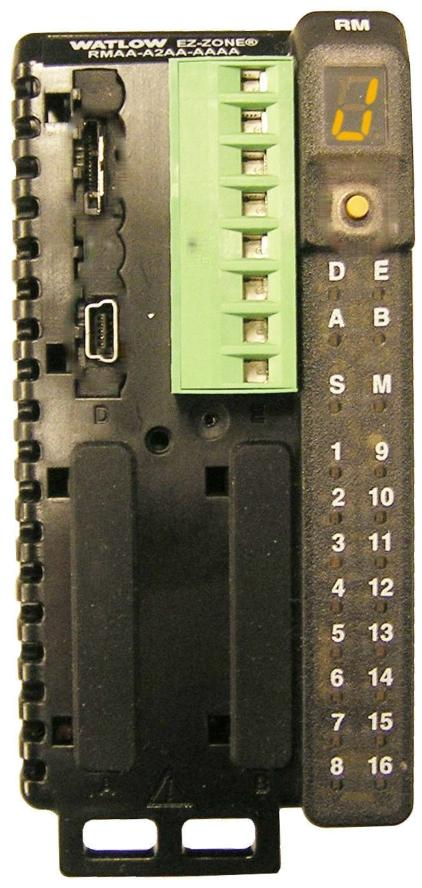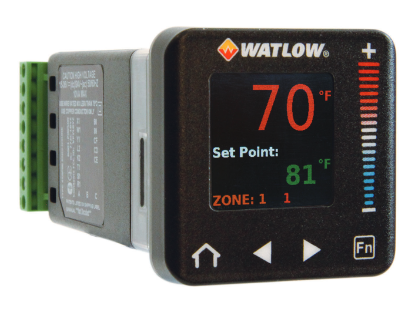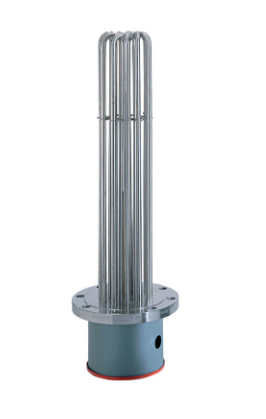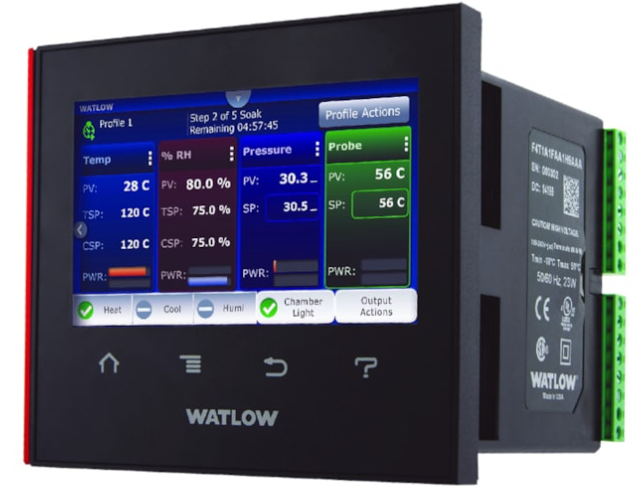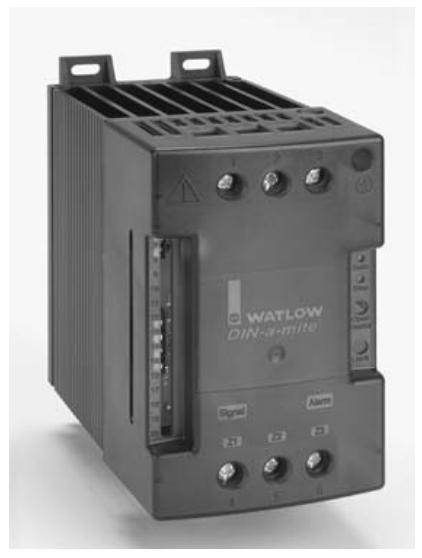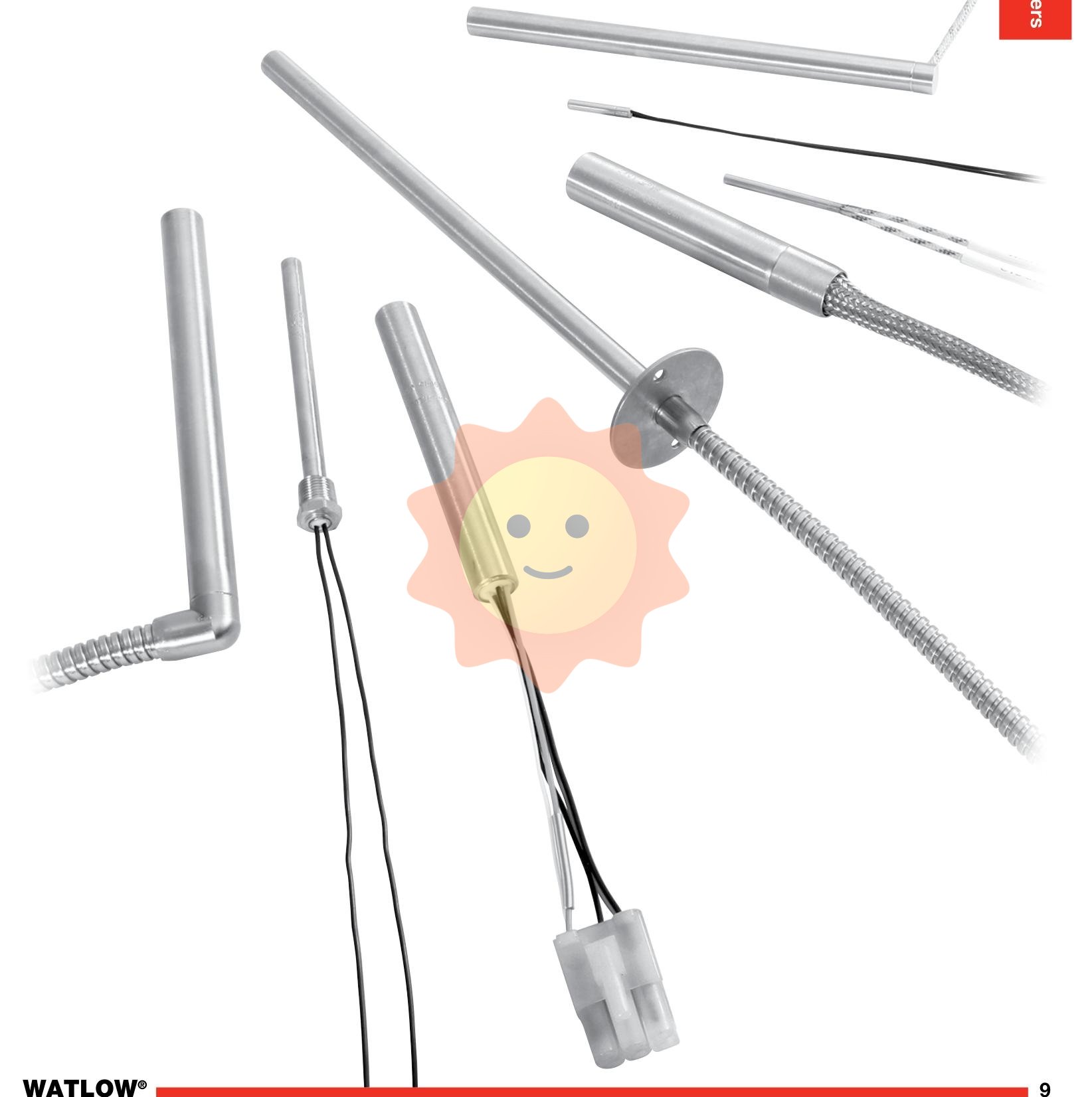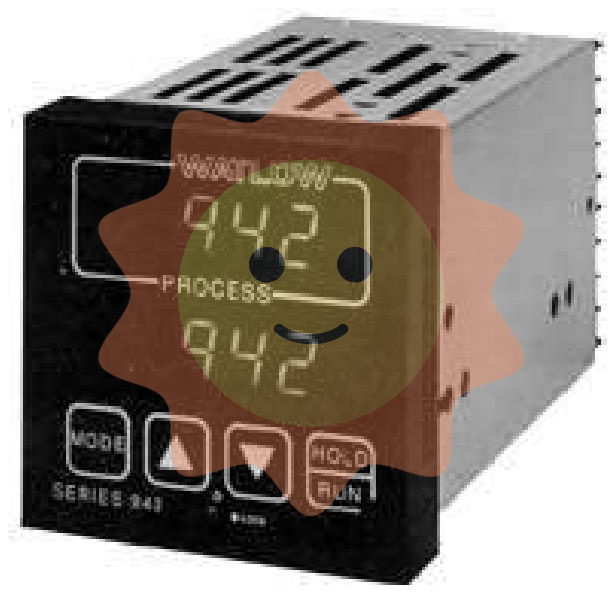ABB NBIM02 Bus Interface Module
Basic Introduction
The ABB NBIM02 Bus Interface Module is a bus interface module developed by ABB for industrial automation control systems. It plays a key role in connecting different devices to a specific bus network, enabling efficient data communication between devices via a unified bus protocol.
Functional features
Bus connection function
Supports multiple bus protocols: It is compatible with many mainstream industrial bus protocols, such as Profibus - DP, DeviceNet, CANopen, etc. This makes it possible to connect devices with different protocols to a specific bus network. This makes it possible to connect devices of different protocols to the corresponding bus network and realize the interconnection of devices. For example, in an automated production plant, it is possible to connect a PLC (Programmable Logic Controller) supporting the Profibus - DP protocol and a remote I/O module supporting the DeviceNet protocol to the same control system.
Provides Standard Interfaces: Equipped with standard physical interfaces for easy connection to external devices. These interface types include, but are not limited to, DB9, RJ45, Sub-D, etc., depending on the supported bus protocol. For example, for the Profibus - DP protocol, the DB9 interface may be used to connect the device to ensure the stability and reliability of the connection.
Data communication functions
High-speed data transmission: Supports high data transmission rate, which can meet the requirements of real-time data transmission in industrial sites. The data transmission rate varies under different bus protocols, for example, under the Profibus - DP protocol, the transmission rate can reach up to 12Mbps; under the DeviceNet protocol, the transmission rate can reach up to 500Kbps. such transmission rate can ensure that the data between the devices can be quickly and accurately transmitted, for example, in the automated production line, it can transmit the status information and control commands of the devices in a timely manner. For example, in automated production lines, the status information and control commands of the equipment can be transmitted in a timely manner.
Data Security and Integrity Guarantee: A variety of data checking and error handling mechanisms are adopted to ensure the security and integrity of data in the transmission process. For example, Cyclic Redundancy Check (CRC) is used to detect whether there are any errors during data transmission, and once an error is detected, appropriate measures are taken, such as requesting a retransmission or performing data error correction. This is crucial for industrial automation systems, as incorrect data may lead to incorrect operation of equipment and affect normal production.
Device Management and Configuration Functions
Easy device identification and configuration: devices connected to the bus interface can be automatically identified and can be configured with parameters using simple configuration tools (e.g., specialized configuration software or dip switches and buttons on the module). For example, when a new I/O device is connected to the module, it can automatically detect the type and basic parameters of the device, and then the user can set the communication address, data format and other parameters of the device through the configuration software, which is convenient for the device to quickly access the system.
Device status monitoring: It can monitor the operation status of the devices connected to the bus interface in real time. It obtains the status information of the device, such as whether the device is running normally and whether there is a fault alarm, etc., by communicating with the device on a regular basis. For example, in a distributed industrial control system, the module can monitor the status of remote I/O devices in real time, and once the devices are found to be faulty, it can notify the maintenance personnel to repair them in time and reduce the equipment downtime.
Technical Parameters
Interface parameters
Interface type and number: The interface type varies according to the supported bus protocols, such as the aforementioned DB9, RJ45, Sub-D and other interfaces. The number of interfaces also varies according to the design of the module and the application scenario. Generally, there are multiple interfaces to meet the demand of connecting multiple devices at the same time. For example, there may be 2 - 3 Profibus - DP interfaces and 3 - 4 DeviceNet interfaces.
Electrical characteristics of the interfaces: The electrical characteristics of the different interfaces comply with the standards of the respective bus protocol. For example, for the Profibus-DP interface, the signal level generally conforms to the RS-485 standard, with input and output signal voltages ranging from - 7V to +12V; for the DeviceNet interface, the CAN (Controller Area Network) bus standard is used, with differential signal levels ranging from - 2V to +7V.
Communication Parameters
Supported communication rates: As mentioned above, the communication rates vary with the different bus protocols. In addition to the above mentioned maximum rates for Profibus - DP and DeviceNet, communication rates up to 1 Mbps are available under the CANopen protocol and can be set flexibly according to the actual application scenario and device requirements.
Communication protocol version support: Multiple versions of the corresponding bus protocols are supported to ensure compatibility with different versions of devices. For example, for Profibus - DP protocol, it may support DP - V0, DP - V1 and other versions, which can be adapted to the equipment produced in different generations, and is convenient for system upgrade and maintenance.
Electrical Parameters
Operating Voltage and Power Consumption: The operating voltage is generally in the range of 12V - 24V direct current (DC), which matches the power supply commonly found in industrial sites and facilitates the use of standard industrial power supplies for power supply. Power consumption is typically low and may range from a few watts to a dozen watts under normal operating conditions, depending on the number of connected devices and how busy the data communications are.

- User name Member Level Quantity Specification Purchase Date
- Satisfaction :
-









Email:wang@kongjiangauto.com

